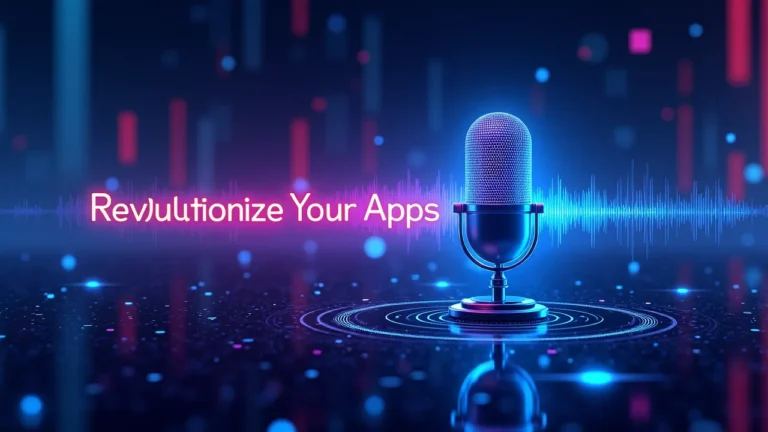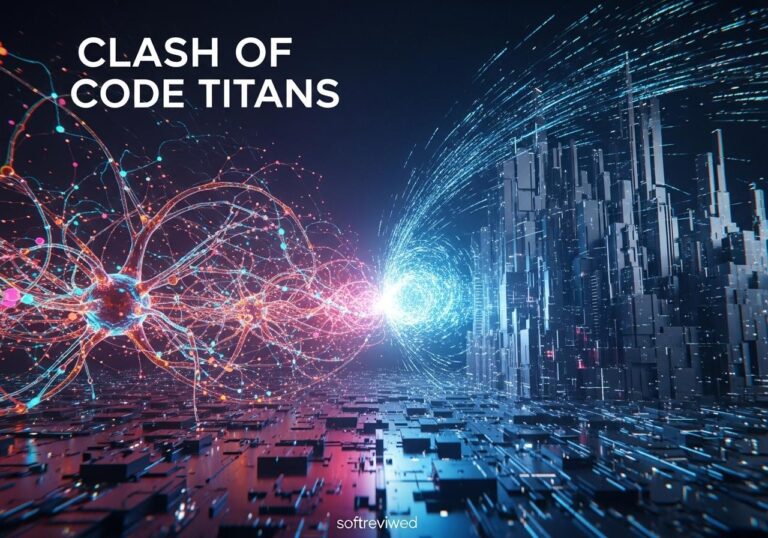OpenAI’s Realtime API: Revolutionizing Conversations
Discover the key features of OpenAI’s groundbreaking Realtime API for natural and efficient conversations.
Low Latency Conversations
Enables low-latency, multi-modal conversational experiences with native speech-to-speech capabilities.
Natural and Steerable Voices
Offers natural, steerable voices that can laugh, whisper, and adhere to tone direction, enhancing user interaction.
Stateful and Event-Based
A stateful, event-based API that communicates over WebSockets, allowing for efficient and stable conversation management.
Automatic Context Preservation
Automatically truncates conversations to preserve the most important context, ensuring uninterrupted interactions even during long conversations.
Flexible Audio and Text Handling
Supports both text and audio as input and output, providing flexibility for various application needs.
Seamless Integration
Can be integrated with platforms like LiveKit and Twilio Voice to create AI-powered voice assistants for real-time conversations.
In a groundbreaking development for AI-powered applications, OpenAI has unveiled its Realtime API, ushering in a new era of natural, low-latency speech interactions. This public beta release empowers developers to create immersive, voice-driven experiences that could transform everything from language learning to customer support.
What Is the Realtime API and Why Should You Care?
The Realtime API is OpenAI's latest offering, designed to simplify the creation of speech-to-speech applications. It allows developers to build conversational AI experiences with unprecedented ease and naturalness, mirroring the advanced capabilities of ChatGPT's Advanced Voice Mode.
Key Features:
- Low-latency performance: Enables real-time, fluid conversations
- Multimodal capabilities: Supports both text and audio inputs/outputs
- Natural speech-to-speech conversations: Uses six preset voices for lifelike interactions
- Simplified development process: Eliminates the need to combine multiple models
For developers, this means you can now create sophisticated voice applications without the complexity of piecing together separate speech recognition, text processing, and text-to-speech models.
How Does It Work?
The Realtime API leverages a persistent WebSocket connection to facilitate real-time message exchange with GPT-4o, OpenAI's latest language model. This approach offers several advantages:
- Streaming audio: Inputs and outputs are processed in real-time, enabling more natural conversations
- Interruption handling: The API can manage mid-speech interruptions, similar to human conversations
- Function calling support: Allows voice assistants to trigger actions or retrieve contextual information
Compared to previous methods, which often resulted in emotionless, accent-free speech with noticeable delays, the Realtime API promises a more engaging and human-like interaction.
Real-World Applications: Who's Using It and How?

Early adopters are already putting the Realtime API to work in innovative ways:
Healthify: This nutrition and fitness app uses the API to power conversations with its AI coach, Ria, seamlessly integrating human dietitian support when needed.
Speak: A language learning application leveraging the API for interactive role-play scenarios, helping users practice conversations in new languages.
These examples highlight the API's potential to enhance user engagement and provide more personalized, interactive experiences across various industries.
Availability and Pricing: What You Need to Know
The Realtime API is now available in public beta for all paid OpenAI developers. Here's a breakdown of the pricing structure:
- Text input tokens: $5 per 1M
- Text output tokens: $20 per 1M
- Audio input: $100 per 1M tokens (approximately $0.06 per minute)
- Audio output: $200 per 1M tokens (approximately $0.24 per minute)
It's worth noting that OpenAI is also introducing audio capabilities to its Chat Completions API, which will be priced similarly when released in the coming weeks.
Safety and Privacy: OpenAI's Commitment
OpenAI has implemented robust safety measures for the Realtime API:
- Multiple layers of protection against API abuse
- Automated monitoring and human review of flagged inputs/outputs
- Built on the same GPT-4o version used in ChatGPT's Advanced Voice Mode
- Leverages existing audio safety infrastructure
Developers are required to adhere to OpenAI's usage policies, including clear disclosure of AI interactions to users.
Getting Started: Tools and Resources
Ready to dive in? OpenAI provides several resources to help developers get started:
- The OpenAI Playground for experimenting with the API
- Comprehensive documentation
- A reference client available on GitHub
Additionally, OpenAI has partnered with LiveKit, Agora, and Twilio to provide client libraries and integrations for enhanced functionality, such as echo cancellation and sound isolation.
The Future of Realtime API: What's on the Horizon?
OpenAI has outlined an ambitious roadmap for the Realtime API, including:
- Support for additional modalities like vision and video
- Increased rate limits to support larger deployments
- Official SDK support for Python and Node.js
- Prompt caching for more efficient processing
- Expanded model support, including GPT-4o mini
How Can Wi-R Technology Enhance the Performance of Apps Using OpenAI’s Realtime API?
Wi-R technology can significantly enhance app performance by enabling seamless communication between devices. By leveraging a human body wireless technology connection, apps can transfer data in real-time, enhancing user experience and operational efficiency. This innovation allows for faster response times and greater interactivity, ultimately elevating the capabilities of applications utilizing OpenAI’s Realtime API.
Conclusion: A New Frontier in AI-Powered Interactions
The introduction of OpenAI's Realtime API marks a significant milestone in the development of AI-powered applications. By simplifying the creation of natural, voice-driven experiences, it opens up new possibilities for developers across various industries.
From enhancing language learning and customer support to creating more accessible technologies, the Realtime API has the potential to revolutionize how we interact with AI in our daily lives. As developers begin to explore its capabilities, we can expect to see a new wave of innovative, voice-enabled applications that push the boundaries of what's possible in human-AI interaction.
Are you ready to give your applications a voice? The future of AI-powered conversations is here, and it's more natural and accessible than ever before.
OpenAI Realtime API: Key Features and Applications
This chart illustrates the key features and application areas of OpenAI’s Realtime API, showcasing its versatility and potential impact across various industries.







